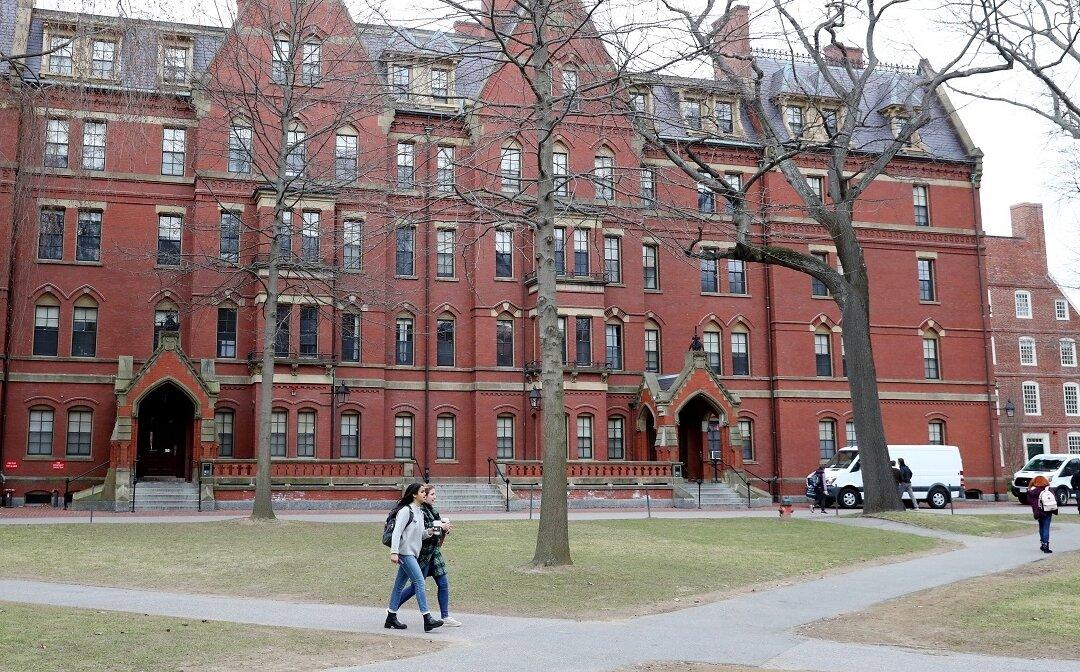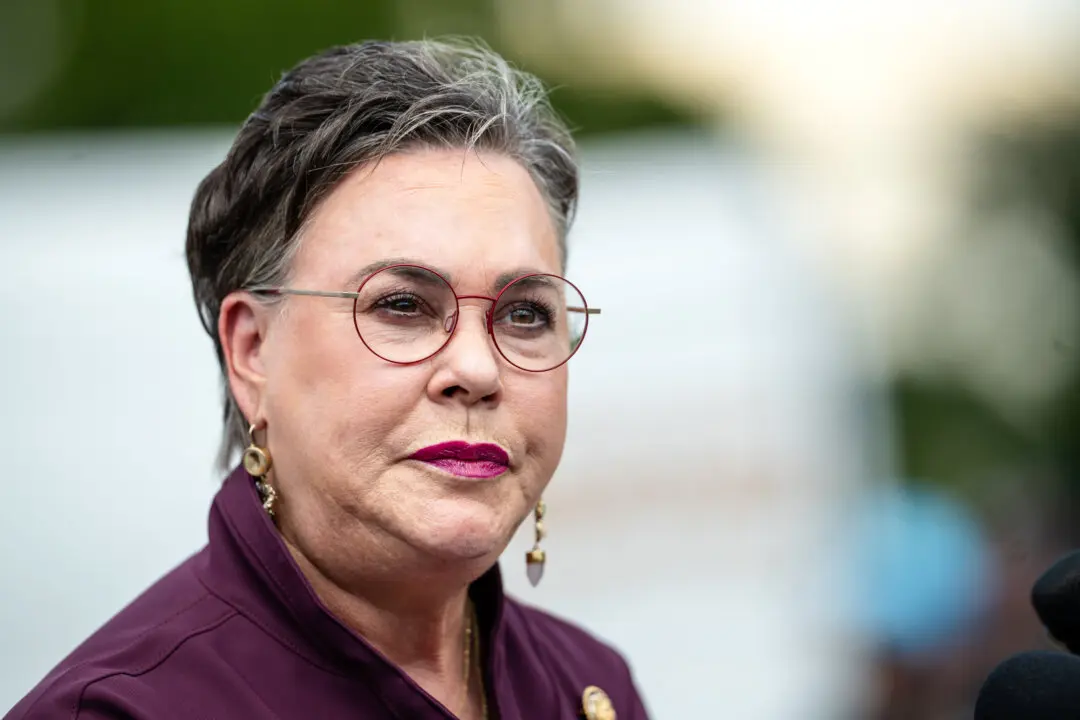The legal fight over President Joe Biden’s proposal to “forgive” billions of dollars in federal student debt has finally been put to rest, along with all questions and confusion about when, or if at all, borrowers of student loans will have to start paying their debts again.
Prior to Friday’s decision, the U.S. Supreme Court had heard a range of arguments about the constitutionality of Biden’s $400 billion plan, which would have erased up to $10,000 in student loan debt for every borrower who earns less than $125,000 per year while canceling up to $20,000 for each Pell Grant recipient who meets that income standard.





